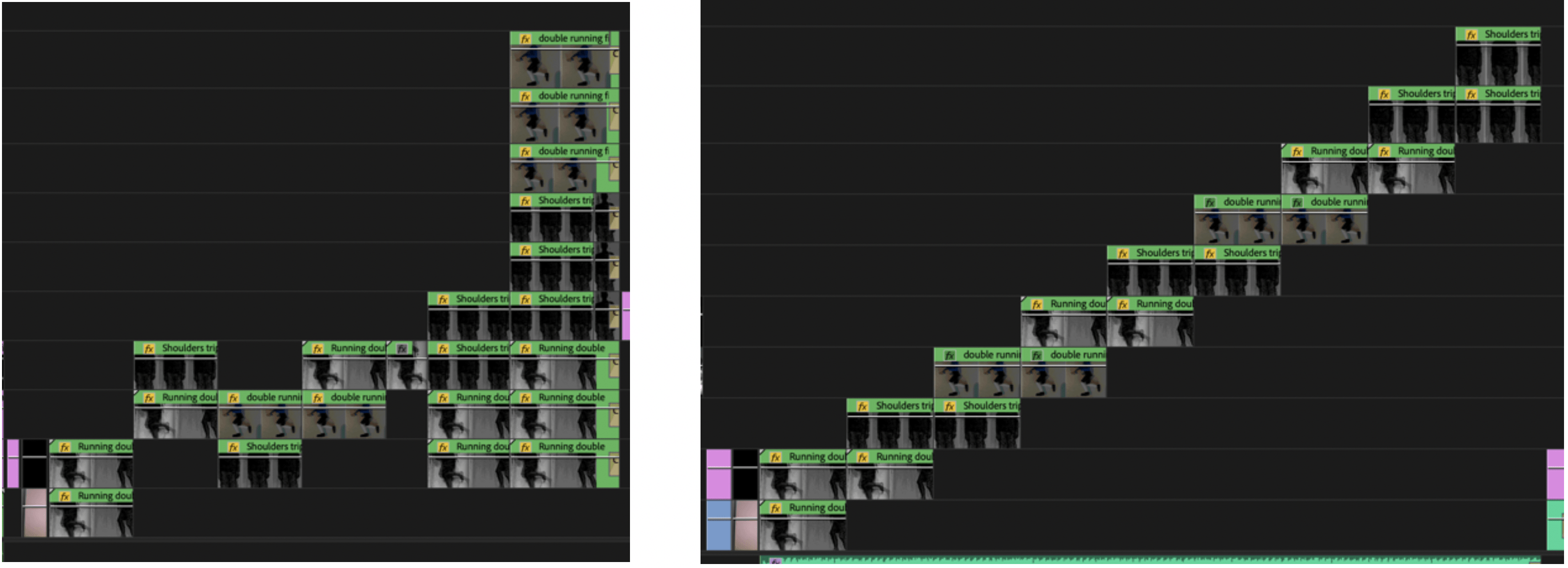Task 7 - Ordinal Thoughts

Alan writes:
One of the things that came up in my response to Task 6 was the place of ‘second thoughts’ – the rethinking of or reworking of ideas, objects or activities you’ve already had, made or done. In my ‘Dad Dancing Film’, I provided two versions of the ‘DB’ choreography. Despite what I suggest in the response text, I don’t think either version was necessarily better: each seem to me (as their maker) to have potential for development. Perhaps this is more often the case than not: maybe our first and second and subsequent ideas are as valuable as each other, but we are rarely allowed to present first/second/after- thoughts together, ‘in parallel’; we usually have to choose one version, to present that as the only valuable response to a task or brief. Your task, therefore, will be to preserve your first and subsequent thoughts, and to present them in parallel with each other, without a judgement of which might be more valuable. The practice involved this time will be writing, and the theme will be this project itself.
We have had many conversations over the last few weeks about the way this collaboration is developing: for example, about our different approaches to the setting of and adherence to parameters, or about the relative importance of process and product. These conversations are as important as the project tasks and responses because the collaboration doesn’t have any direct content but is instead a kind of ‘meta-project’ that interrogates the ethics and mechanisms of artistic/academic collaboration and investigates possibilities for hybrid art/academic forms. So your task will be to summarize these conversations — three times.
Spend max. 45 minutes summarising and recording in prose your impressions of the conversations we have had about the project. Do not revise this piece of writing, but leave at least 24 hours (ideally 48), and then repeat the exercise. Again, do not revise this second piece of writing, but leave 24-48 hours and repeat the exercise. In your response, you should present the three pieces in parallel, commenting on what each uniquely accesses or communicates, but do not offer a judgement about which is most accurate or valuable.
